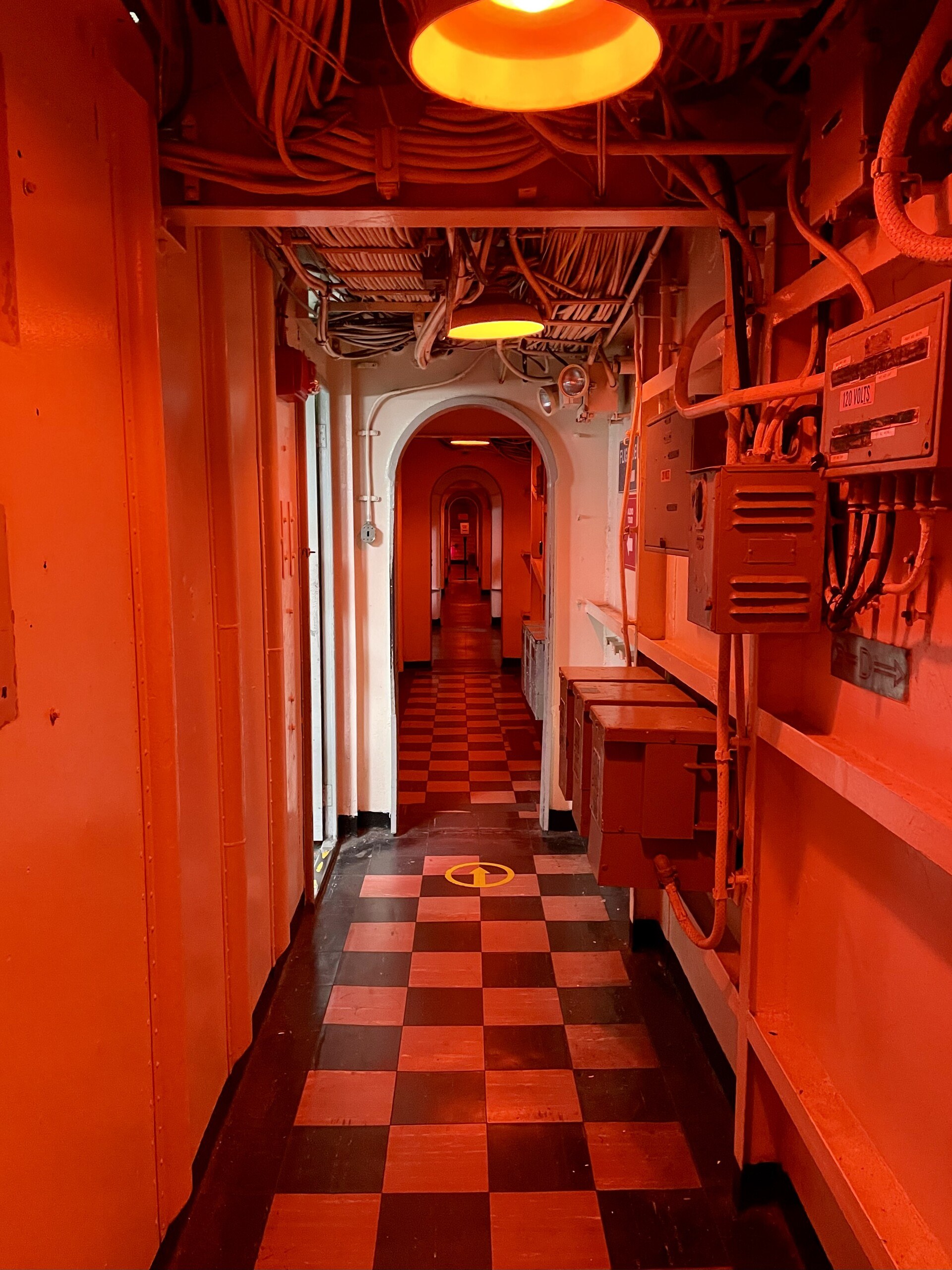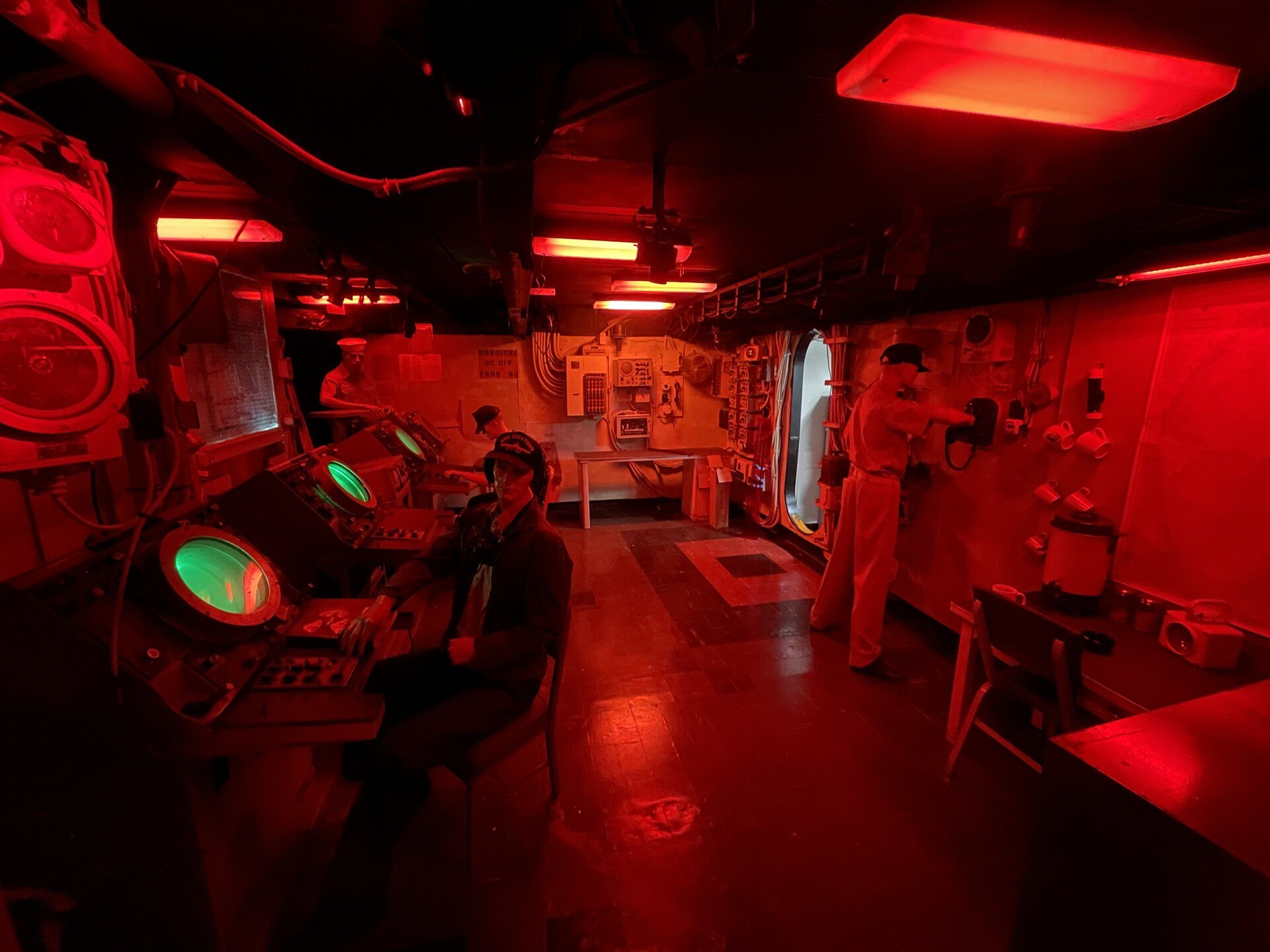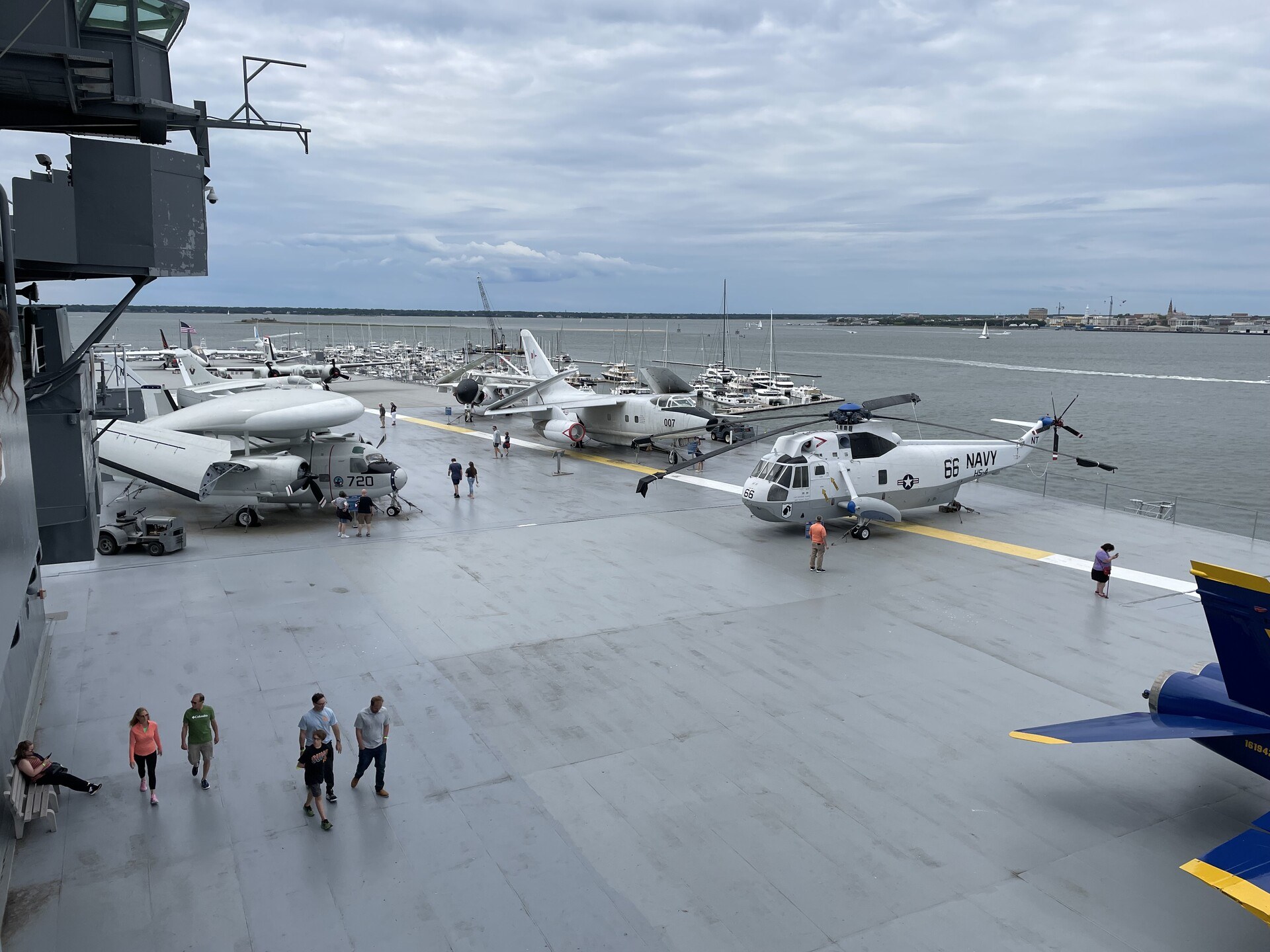Boone Hall
This was my first slave plantation, and I was left distinctly unimpressed.
The approach to the plantation is exactly what you think of when you think of a slave plantation. A long, dusty road between gnarled oaks garlanded with Spanish moss. On the left, a long row of shabby brick slave houses. Ahead, a majestic colonnaded house overlooking the property. It looks the part.
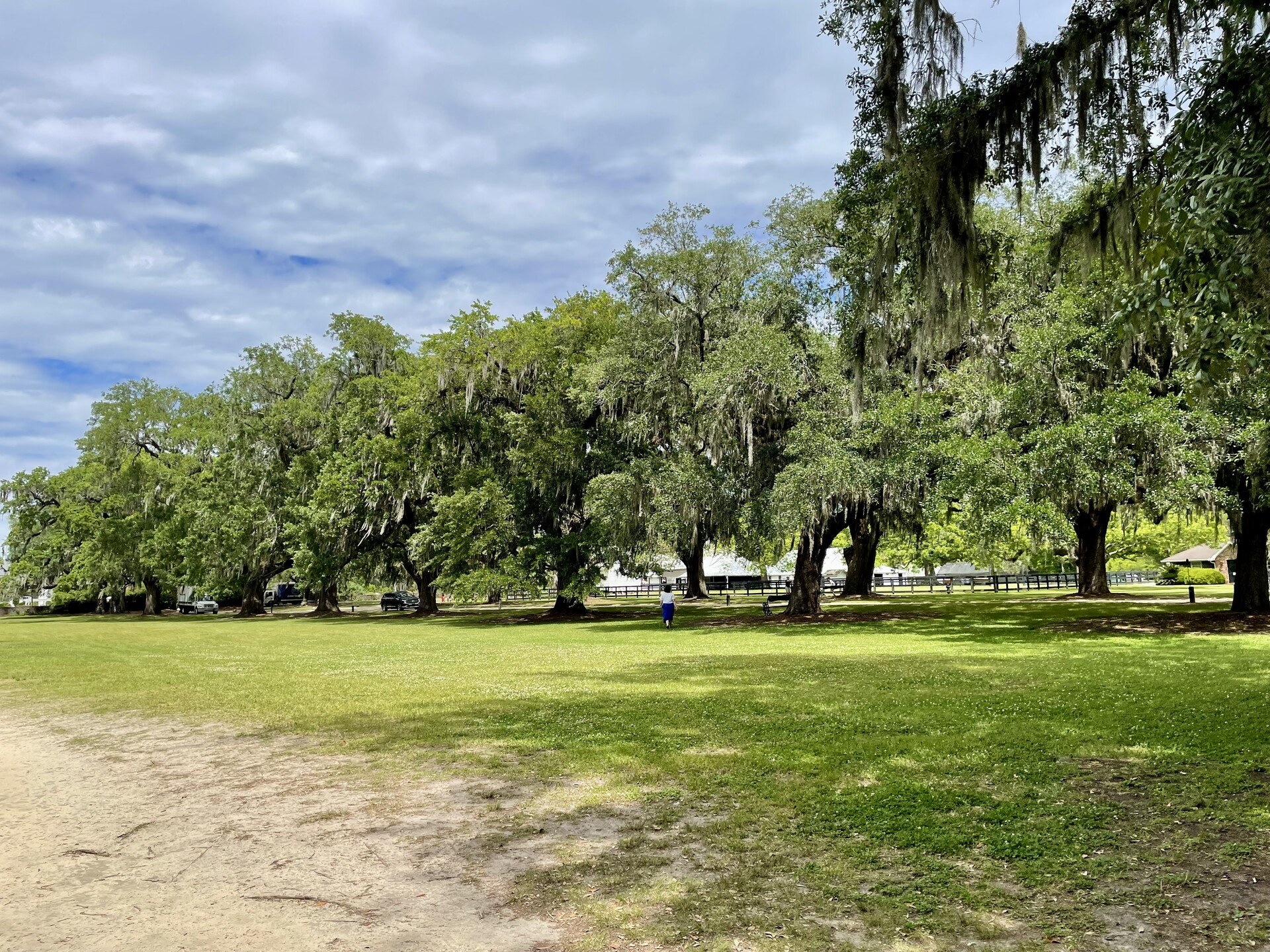
The messaging at the plantation, however, does its best to sequester its slave-owning history amid the slave cabins. The tour of the cabins is self-guided and paints the picture mostly in broad strokes, addressing slavery generally, rather than specifically at the plantation. One cabin's exhibit addresses the slave-run brickworks at Boone Hall, but beyond that it's a lot of hand-wringing and blame-shifting. At intervals throughout the day there's a show on Gullah culture at one of the cabins, which feels like a nice bit of representation, though they were done with the shows for the day by the time we showed up at around 2 pm.
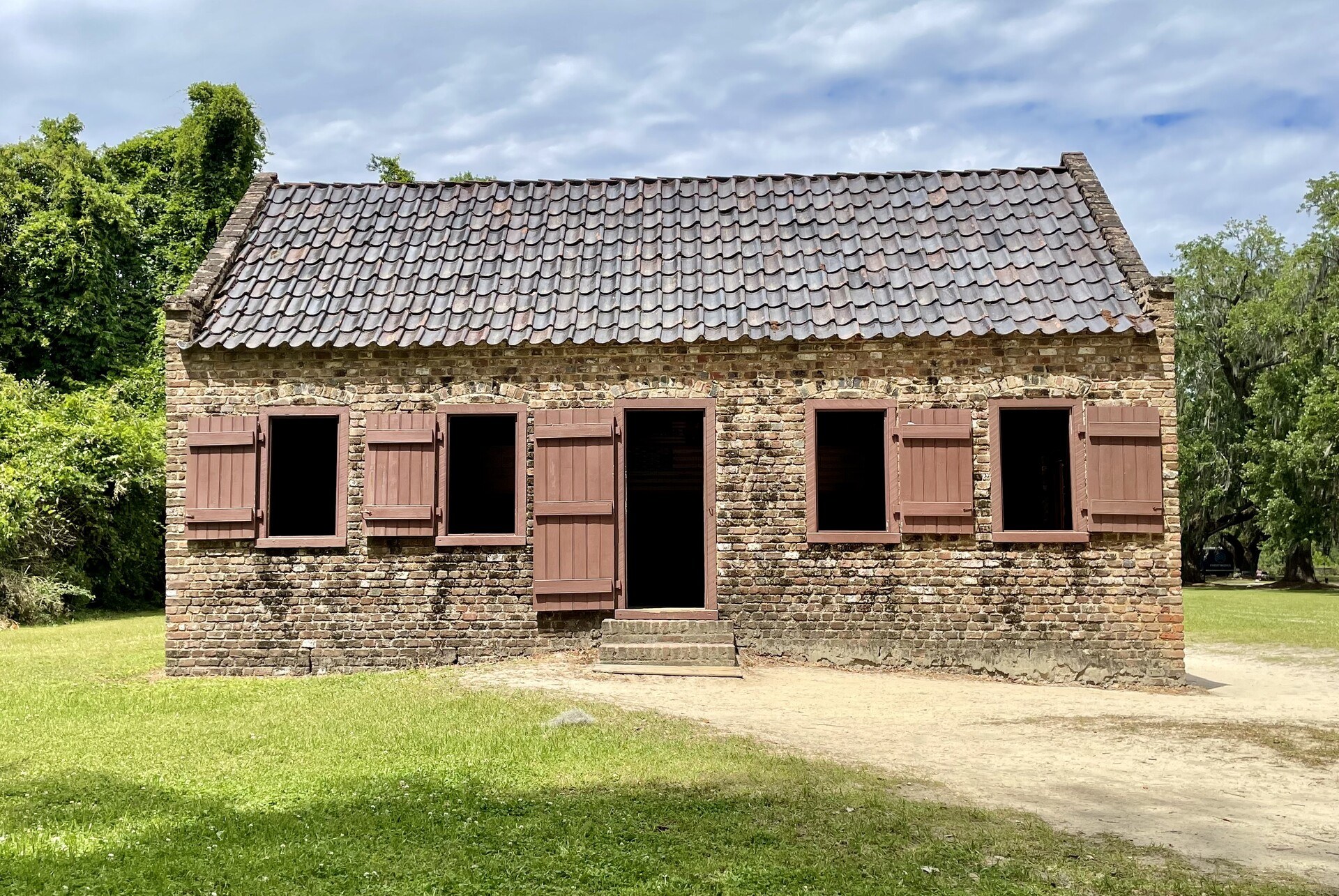
Boone Hall itself, the main plantation house, isn't the original. It was built in the early 20th century by a Canadian trying to rebuild what he thought a plantation house was meant to look like. It's weirdly asymmetrical and quixotically furnished on the inside with a mishmash of 18th-century European furniture. Spoiled by the National Trust on this front as well. The tour guide was chipper but a little overenthusiastic about the graces and talents of the current owner of the plantation, who is at once a talented pianist and painter and an eminently generous woman, letting us view the two grand pianos she keeps in the salon, one of which she plays at Christmastime for the entertainment of tourists. Oh and did you know she had nothing to do with the slaves, she'd never dream of owning slaves, couldn't dream of it in fact, isn't it ghastly.
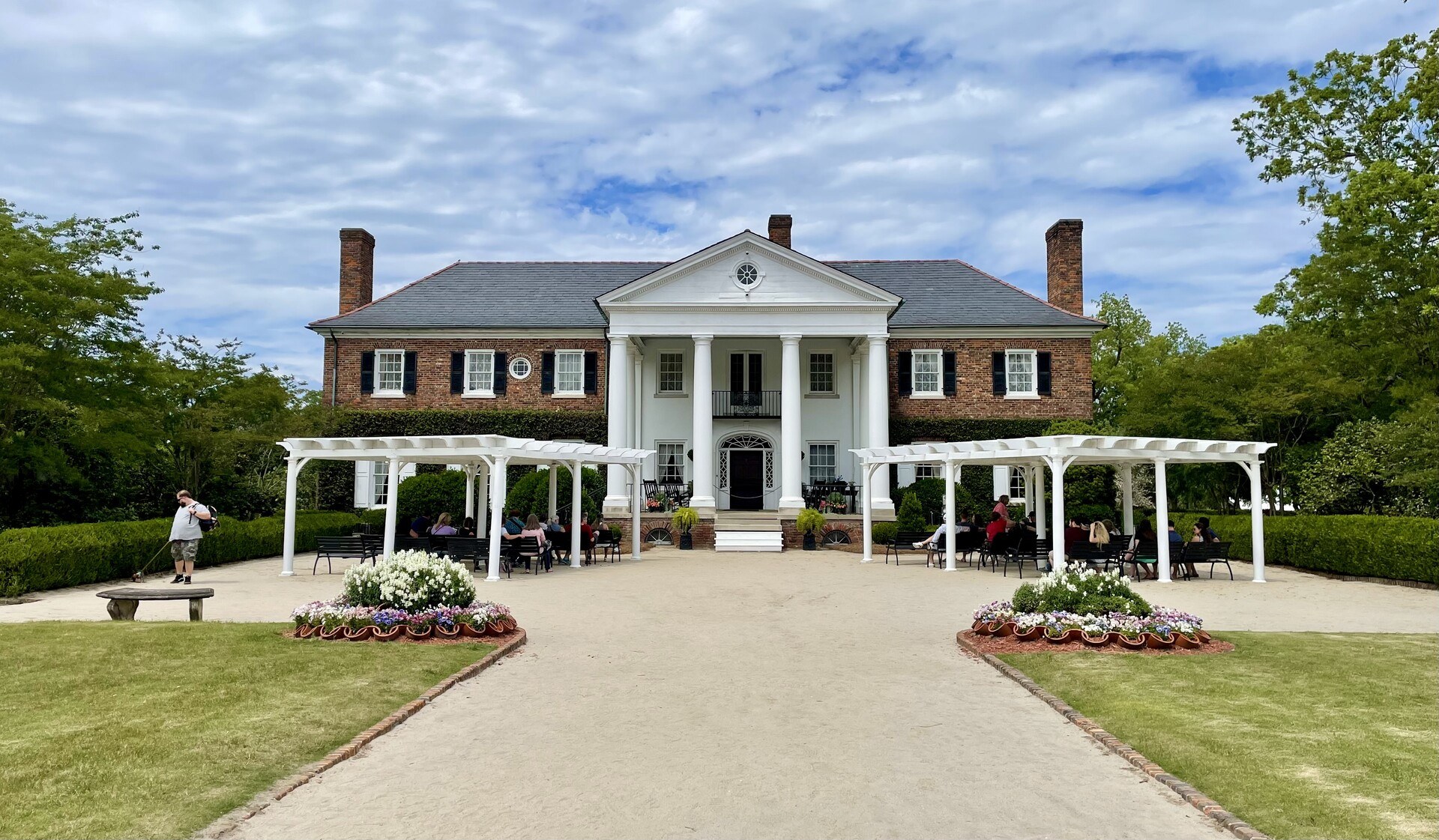
you can do a heck of a lot better than that
